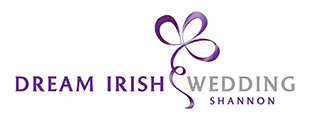Weddings date back a long way in human history. They take different format & aspect depending on the part of the world and the culture. In Western culture, during the Middle Ages & beyond, weddings celebrated more than the union of the couple. It acknowledged the union of the two families. Therefore, brides-to-be were expected to dress to represent their family’s wealth, social class & nobility. Brides from wealthy families wore rich colours & rare fabrics, like furs, velvet & silk, often layering them. In a nutshell, brides wore dresses made out of the most expensive materials their family could buy.
The history of the wedding dress is far from being a short one. That is why, in today’s blog, we are focusing on the history of the wedding dress from the 1910s to this day. White dresses have been popular since Queen Victoria’s wedding in 1840.

The 1910s
During the 1910s, women were still expected to be covered from the neck down in public. That is why floor-length, loose dresses, with high-neck & long sleeves, were pretty popular. Nothing too fancy for the era: simple white dresses, with ruffles sometimes.

The 1920s
The 1920s is when the flapper-style dresses became popular. There was a liberation of women which made the choices for wedding dresses broader. Wedding gowns didn’t need to be so simple anymore and brides played a lot with drop waist gowns. Other elements that were ancred in the 1920s wedding fashion were lace & romantic cathedral veils!

The 1930s
During this period of time, silk became very popular, especially for wedding dresses. Those who couldn’t afford silk used rayon. But because silk is such a beautiful fabric, dresses became simpler, with minimal ornamental designs. High-necklines & long sleeves were still popular, with figure-skimming silhouettes. In a big change from the 1920s, the train was reduced a lot in length.

The 1940s
The 1940s didn’t change a lot from the 1930s. High-neck & long-sleeved dresses were still very popular. However, because of the Second World War, brides sometimes had to wear formal pieces that they already owned. This resulted in brides getting married in formal church dresses or in a suit.
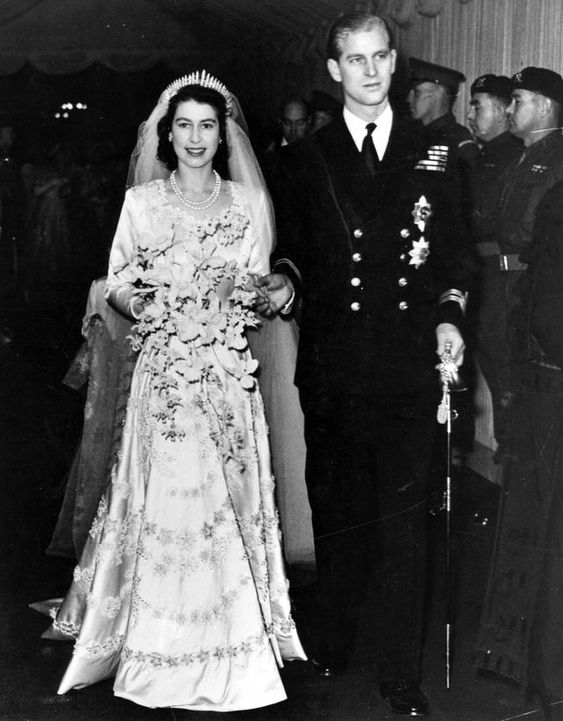

The 1950s
The 1950s introduced us to ball gowns with huge skirts as wedding dresses. The ball gown was often paired with a fitted bodice, along with a sweetheart neckline. Although strapless dresses started coming into fashion, it was still considered risqué to wear them at weddings.

The 1960s
In the 1960s, slimmer dresses made their appearance. This “column” dress trend happened at the same time as the rise of the mini-skirt, which resulted in shorter wedding dresses over time. Mutton sleeves, puffy elbows & high-neck were key words in the wedding fashion of the era. Veils were still short, with the most popular being the shoulder-length. The sleeves got shorter too and a big trend in the 1960s were three-quarters-length sleeves.

The 1970s
The 1970s wedding fashion world followed everyday fashion closely. When Dior debuted their high-neck dress with “big sleeves and a puff at the elbow”, the same style of dress became very popular in the wedding world.
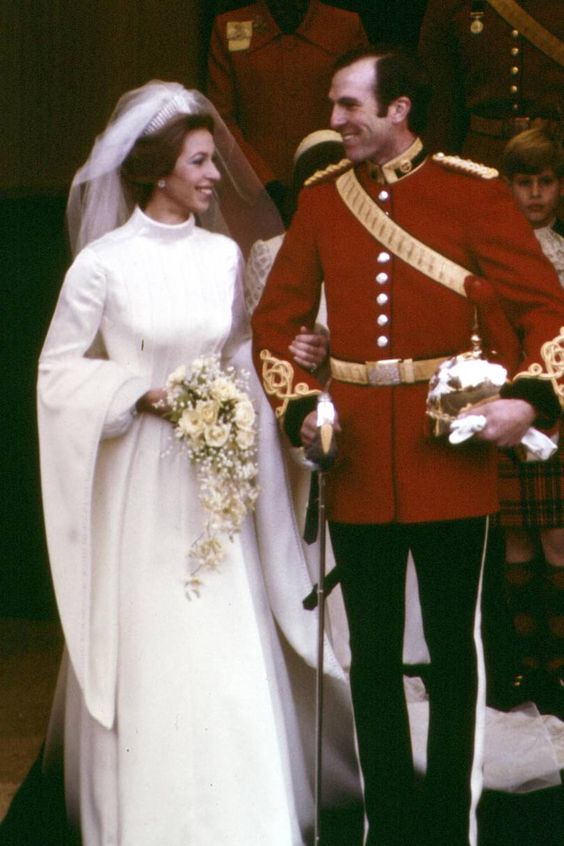

The 1980s
In the late 1980s, close-fitting dresses became very popular. They were sometimes made with bell sleeves, but more often with puffy shoulders. Puffy shoulders became a real aesthetic in the 1980s & the wedding dress industry followed suit. Strapless dresses were also rising in popularity during these years.
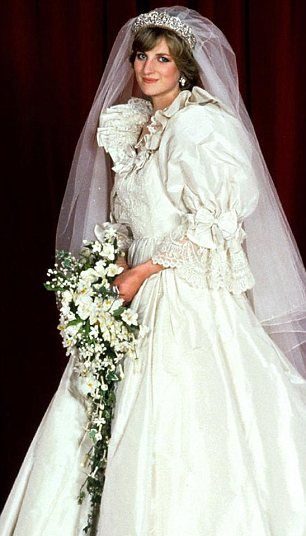

The 1990s
As the year 2000 approaches, wedding dresses tended to be a little more akin to modern-day, with modern silhouettes. Long sleeves were back in fashion, as well as ruffles. A style of dress that was pretty popular during the 1990s was the tango dress.
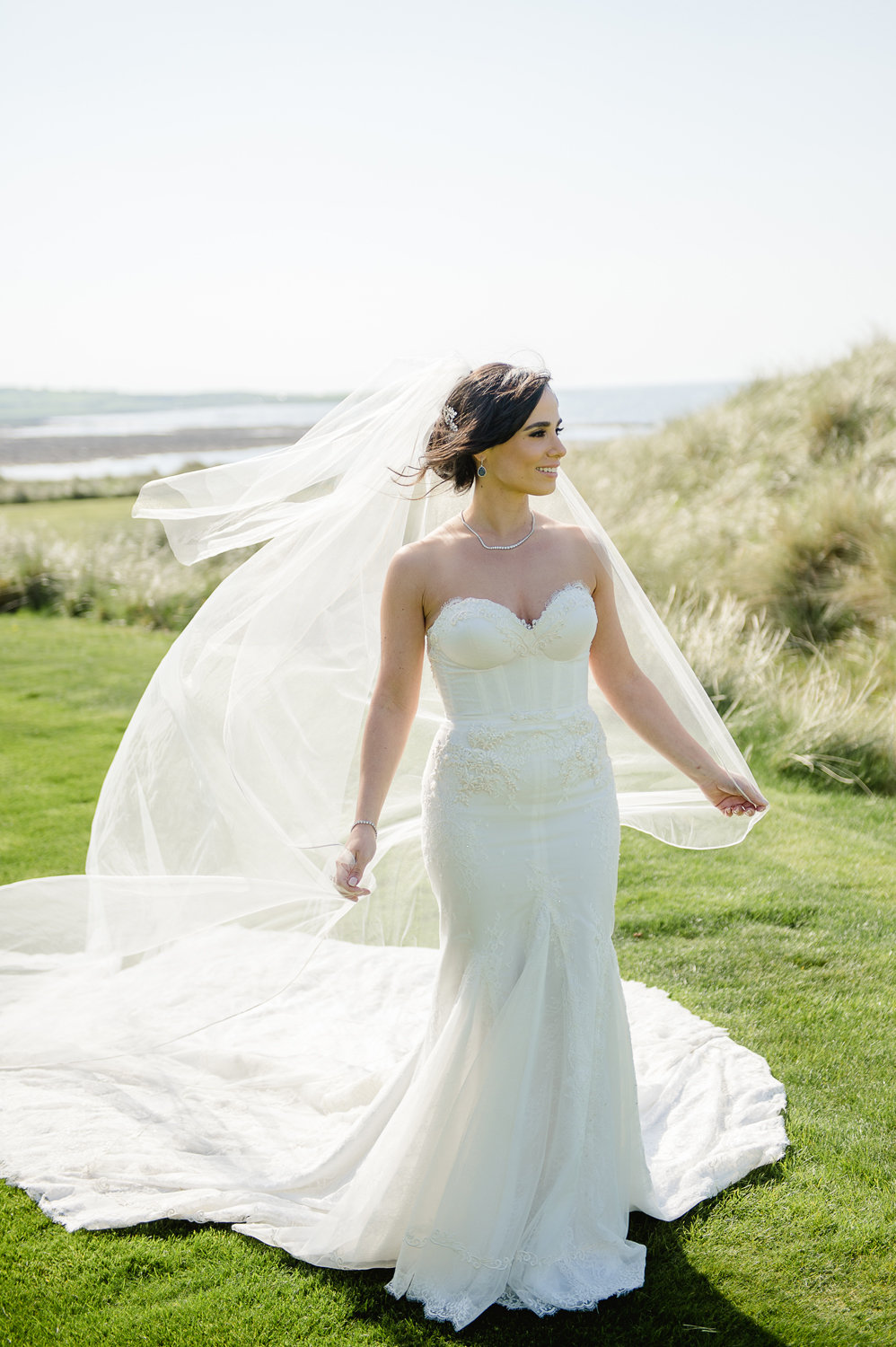
The 2000s
With the beginning of the 21st Century, brides & wedding dress designers saw a lot more diversification in the wedding gown industry. One dress style, in particular, grew in popularity during those years: the A-line dress! Embroidery was also back in trend, often used to personalize the wedding dress. Spaghetti straps and strapless dresses also made a huge come-back during those years.
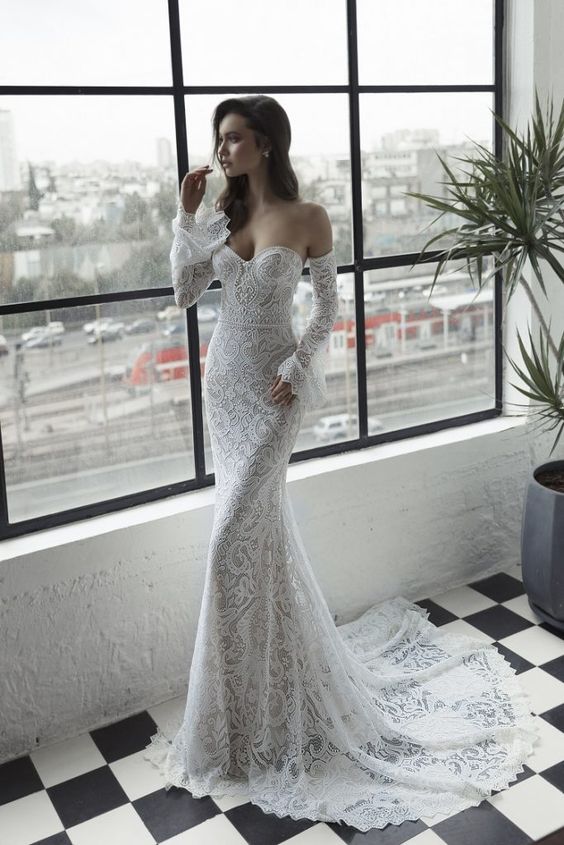
The 2010s
The come-back of the strapless dresses didn’t last long as the sleeves were back in trend, stronger than ever, during the 2010s. And for good reason: Kate Middleton’s wedding dress. While Kate Middleton’s dress had long sleeves, all kinds of sleeves made a come-back: short, long, mutton, etc.


The 2020s
Wedding dresses in 2020 are all about suiting the personality of the bride who wears it. We can clearly see the gap between every day & bridal fashion closing in the past few years. This results in a selection of wedding gowns much more varied. Women aren’t afraid to show their body a little more & it shows: netting, sexy see-through, revealing skin around the midriff, naked back, etc. These are all 2020 wedding dress trends we love seeing as it means that brides are getting more and more comfortable with their body and not afraid to be a little risqué.
The wedding dress industry had changed significantly over the last century. From simpler loose dresses to sexy full gowns, designers have made it happen. Nowadays, there are lots of different wedding dress styles giving brides-to-be great choices. Alterations are being made more often so that a standard wedding gown can become a unique piece of clothing, fitted to the personality of the bride. We think that designing a wedding dress is an art & that 2020 designers are doing a magnificent job at it.
We hope that you enjoyed today’s blog and, if you are planning on wearing a vintage dress, that it will have given you lots of inspirations. For more inspiration, check out our blog on 2020 Wedding Dress Trends & our Pinterest board.
Don’t hesitate to contact us to help you plan your Dream Irish Wedding by e-mail at info@dreamirishwedding.com or on social media:
@DreamIrishWeddings on Facebook
@DreamIrishWedd on Twitter & Instagram
We acknowledge all the wonderful photographer we work with whose images we have included in this blog, along with images from Pinterest.
